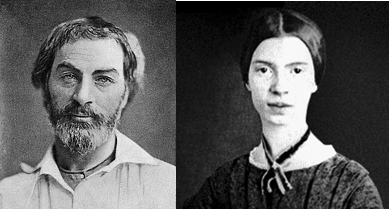
In this course we will study two major 19th-century American authors who wrote startling poetry that broke with the literary and social conventions of their times and opened up new thematic and formal possibilities for later writers. While these two poets lived at the same time in the same country, they never met—and if they had, they probably would have thought the other an embarrassment. For their poetry reveals quite different sensibilities and poetics. While Whitman unfolds a sensuous vision of democracy in his work, Dickinson’s poems probe the limits of consciousness and language. While Whitman writes expansive free verse full of detail and elaboration, Dickinson composes concise lyrical riddles that may jolt us into an awareness of the workings of language and the mind. Reading their poetry side by side will offer us the opportunity to ponder two very distinct responses to U.S. American literary traditions (especially romanticism) and to the social, political, and philosophical underpinnings of 19th-century American culture. We will also explore the tumultuous publishing and reception history of these authors by using online archives, such as the Emily Dickinson Archive and the Whitman Archive, and by considering recent pop cultural responses to their work, such as the Apple TV+ series Dickinson (2019-2021).
- Trainer/in: Paula Höhn
- Trainer/in: Alina Isakow
- Trainer/in: Alina Isakow
- Trainer/in: Heike Schäfer
